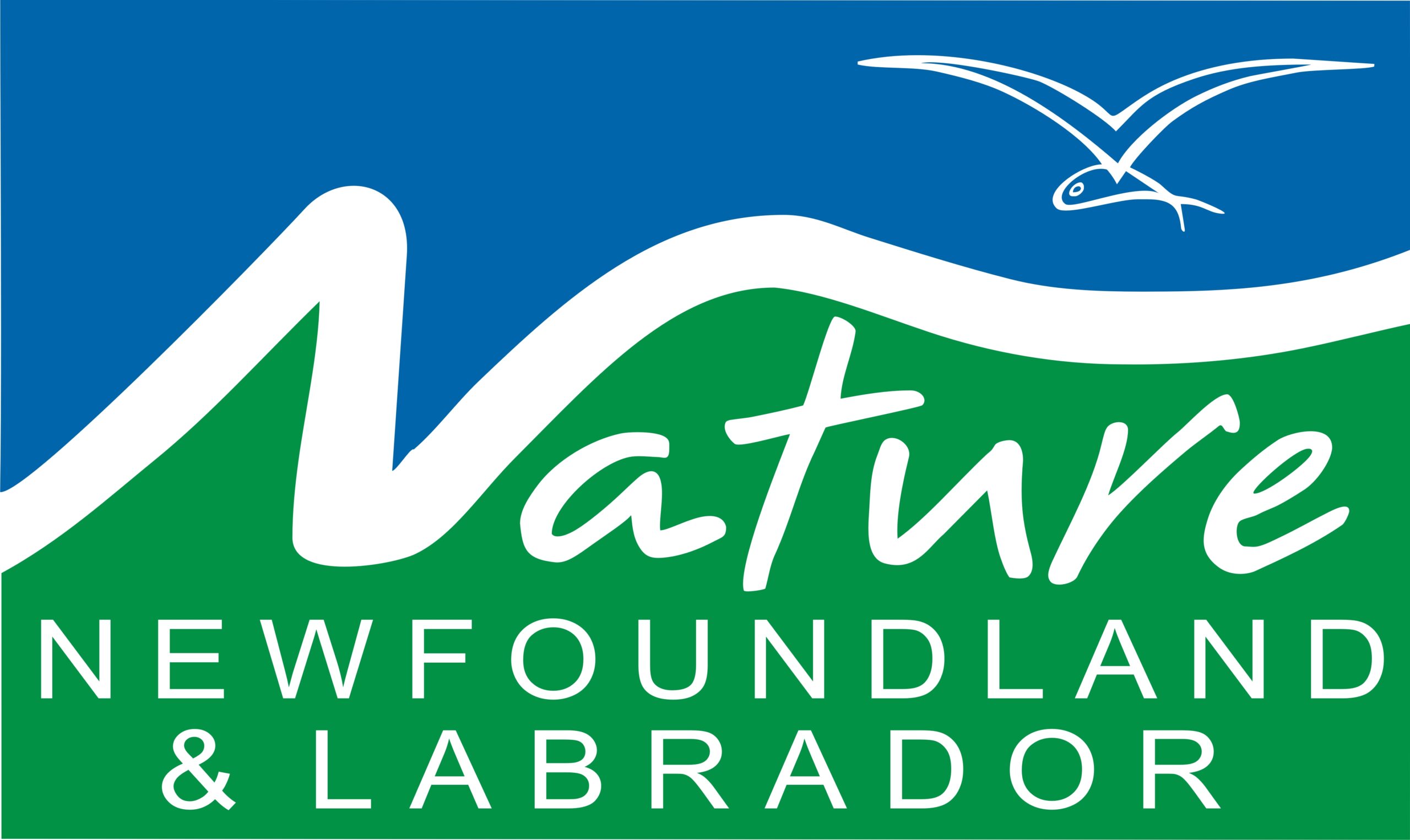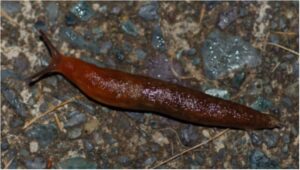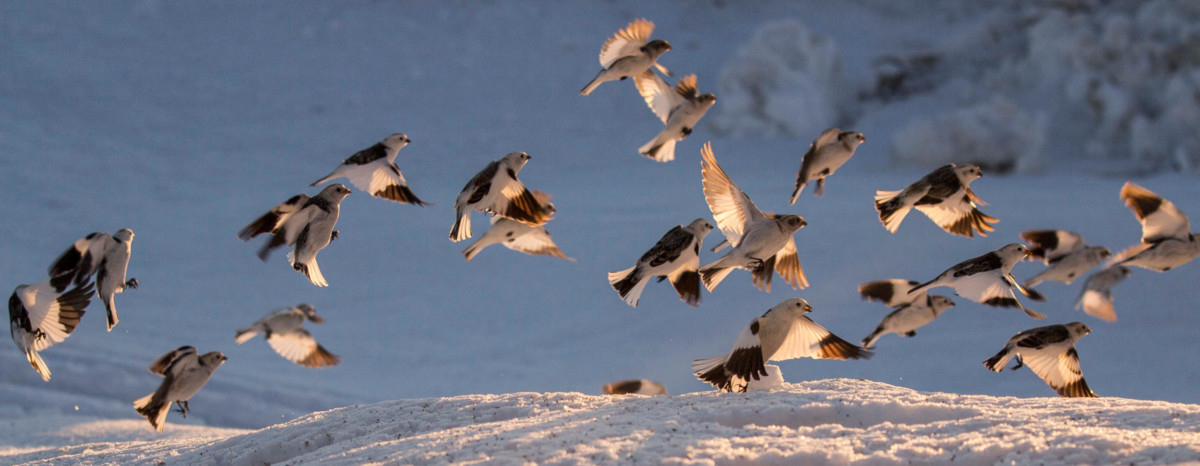
By Cheryl Davis, with Megan Boucher
Cheryl Davis (Dartmouth, NS) got excited about the snow buntings she saw while living in western Labrador. She has been collecting data since 1998, and recently expanded the count with the help of the Canadian Wildlife Service in Goose Bay and local birders across Labrador. Each year, people come together to report their sightings of snow buntings on her project’s Facebook page, “The Snow Bunting Project“.
The snow bunting, also known as the snowbird, is the most northerly recorded passerine in the world and an indicator of spring in Labrador. This migratory black and white bird is a tough survivor that breeds on frozen tundra in sub-zero temperatures. In recent years, climate change has made the snow bunting a species of concern, as it is unclear yet how warming arctic climates may affect the bird’s breeding success.
In this post, we are going to tell you how Cheryl’s community science effort has generated meaningful data that helps scientists monitor the snow bunting populations that migrate through Labrador on their way to the northern breeding grounds.

There is something awe inspiring about large flocks of migrating snow buntings. It is even more magical to have hundreds stop by to check out your feeders. Such was the case when I first saw them sweep through Western Labrador, in Wabush in the spring of 1998. My fascination with them brought about the impromptu ‘Snow Bunting Count’ that now takes place annually on April 22. For many years the count was done by only a few of us in Lab West. When we left the area in 2003, Gordon Parsons (who was relatively new to birding) promised to keep the count going. And that he did, until his death in 2018. Along the way he and I had a few conversations about perhaps changing the date of the count because it seemed that he and his group were missing the peak migration period. Numbers were relatively low on April 22 in recent years when compared to the numbers I was seeing during my time there, but I argued that consistency of using the same date allowed for continuity. However, I did feel that Gordon had a point. Now living in Nova Scotia and being out of the loop, so to speak, it was no longer my call.
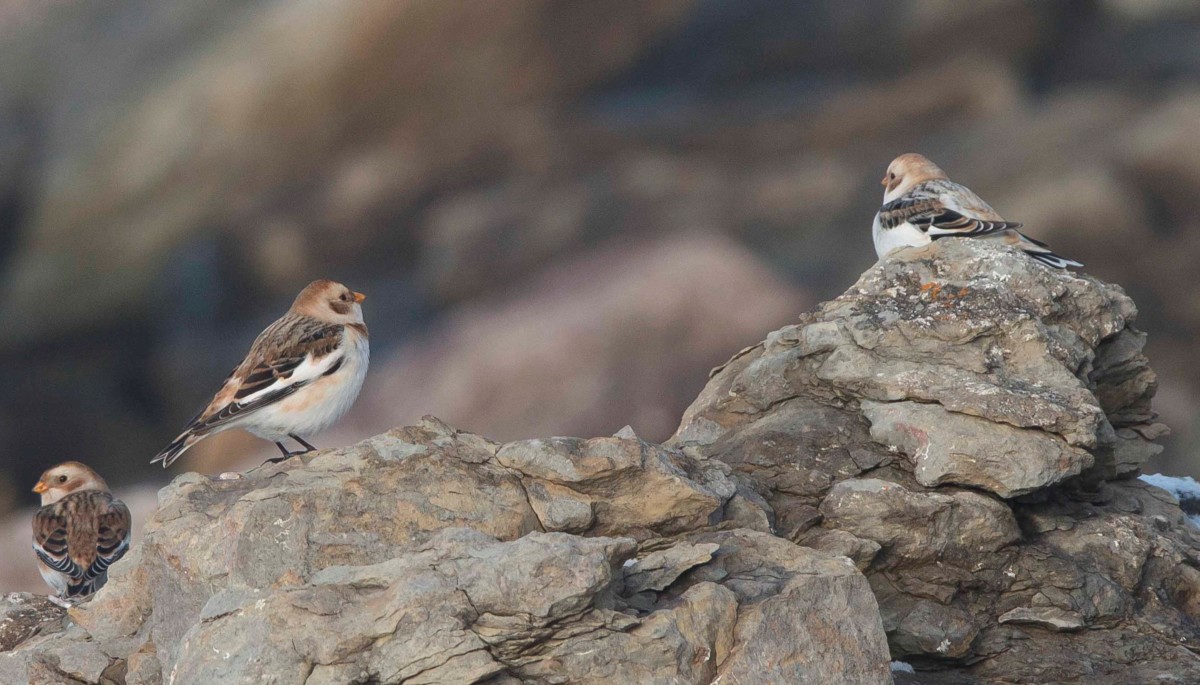
When Gordon passed away in 2018, it felt like the future of the Snow Bunting Count and a chapter of birding history had closed. As I thought through this after Gordon’s death, I suggested to the Labrador email Birding Group that the Snow Bunting Count be renamed to honour Gordon and thus be called the “Gordon Parsons Memorial Snow Bunting Count“. A long handle, to be sure, but one that was befitting of Gordon. For those of us that knew him, we will remember him as larger than life, someone who never shrank from a challenge or missed an opportunity, despite his failing health. The proposed plan would be to have snow bunting counts and locations submitted to me from community members in Labrador. I would then tabulate the totals and report back to the birding email group.
In 2018 the invitation went out to the Labrador Birding Group email list and on April 22 reports came in from all across the region for the inaugural Gordon Parson Memorial Snow Bunting Count. When 2019 rolled around, the same invitation went out, but only a couple of reports were received, and none from Lab West, where the count had first originated. It had seemed that once again, we had missed the peak migration date by selecting April 22 for our count. Coming into early 2020, I honestly wasn’t sure if or how we should continue our efforts. The future of the count felt like a big jigsaw puzzle with all the pieces on the table but no clear picture of what the final image would look like or even where to start to put it together.
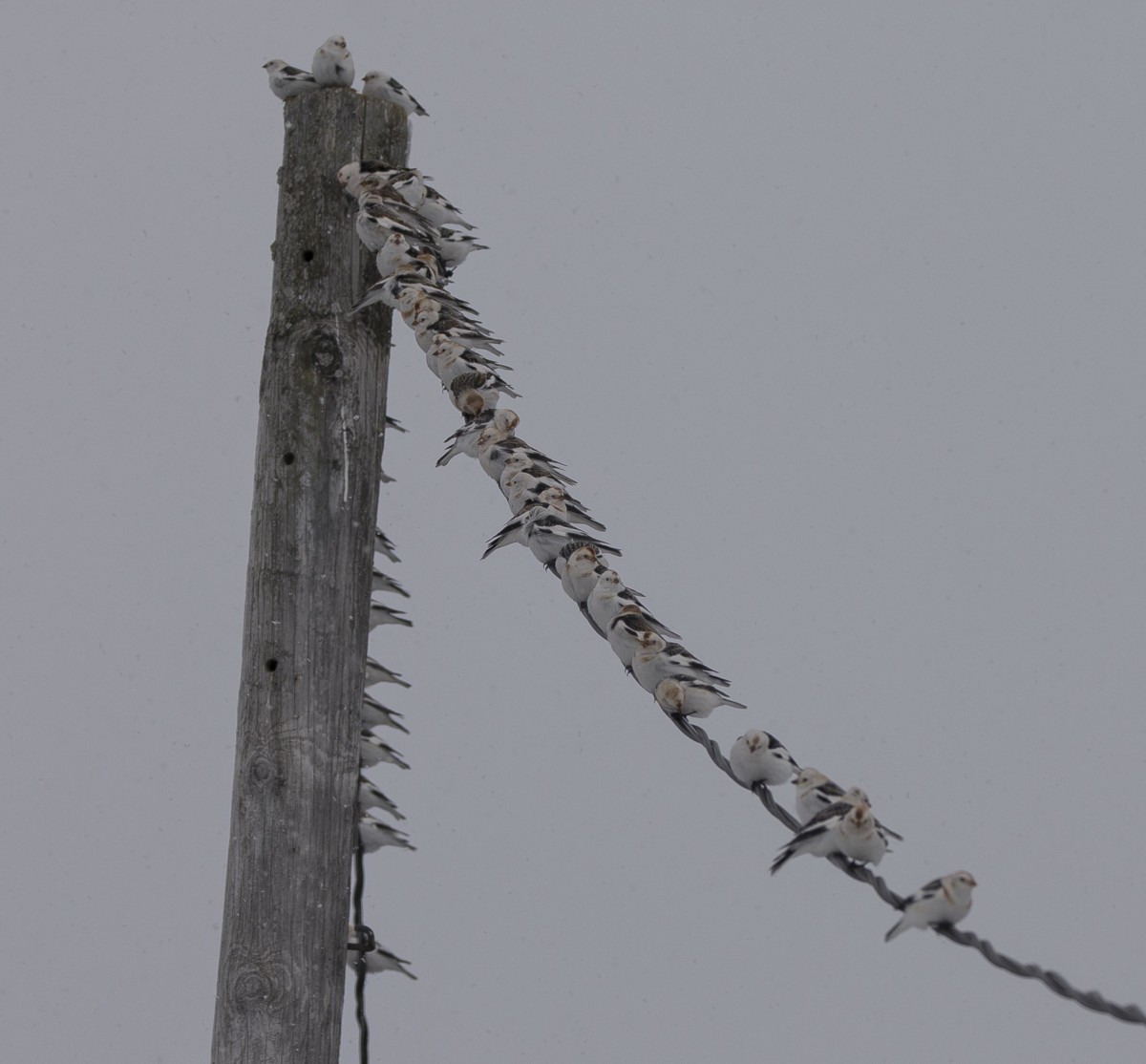
Then one day out of the blue I received an email from Regina Wells (Canadian Wildlife Service) asking about the final number for the 2019 ‘Snow Bunting Count’. It was at that point I realized that our little count project was collecting important migration data for for the birding and wildlife community. There is no doubt my previous conversations with Gordon inspired me to consider the bigger picture. Over the next weeks, Regina and I exchanged a few emails, and I settled on using a Facebook Group to accomplish what was becoming a much bigger project. Vernon Buckle and Regina Wells also provided useful feedback about how to best capture the data and how to share it with interested parties. The jigsaw puzzle was starting to take shape.
On March 7, we launched the “The Snow Bunting Project – 2020” Facebook group and invited folks to contribute. Over the next few months, people from all over Labrador contributed their sightings and photos to the group. Others sent private communications or reported their snow bunting sightings on other Labrador Facebook Groups that I had joined. What none of us could anticipate at the time, was that the pandemic of 2020 would generate a lot of new interest in birding as folks looked for ways to spend time outside while maintaining physical distance.
In the weeks after the launch, our project gained a lot of momentum with each passing day as bunting migration unfolded across Labrador. Looking back, it is amazing to see how ‘The Snow Bunting Project – 2020’ brought people together from all over Labrador for a common purpose—to look for and count snow buntings in their own communities. I feel privileged to have met so many great people via their posts, photos and messages. Thank you to everyone who contributed, and we look forward to the 2021 snow bunting project!
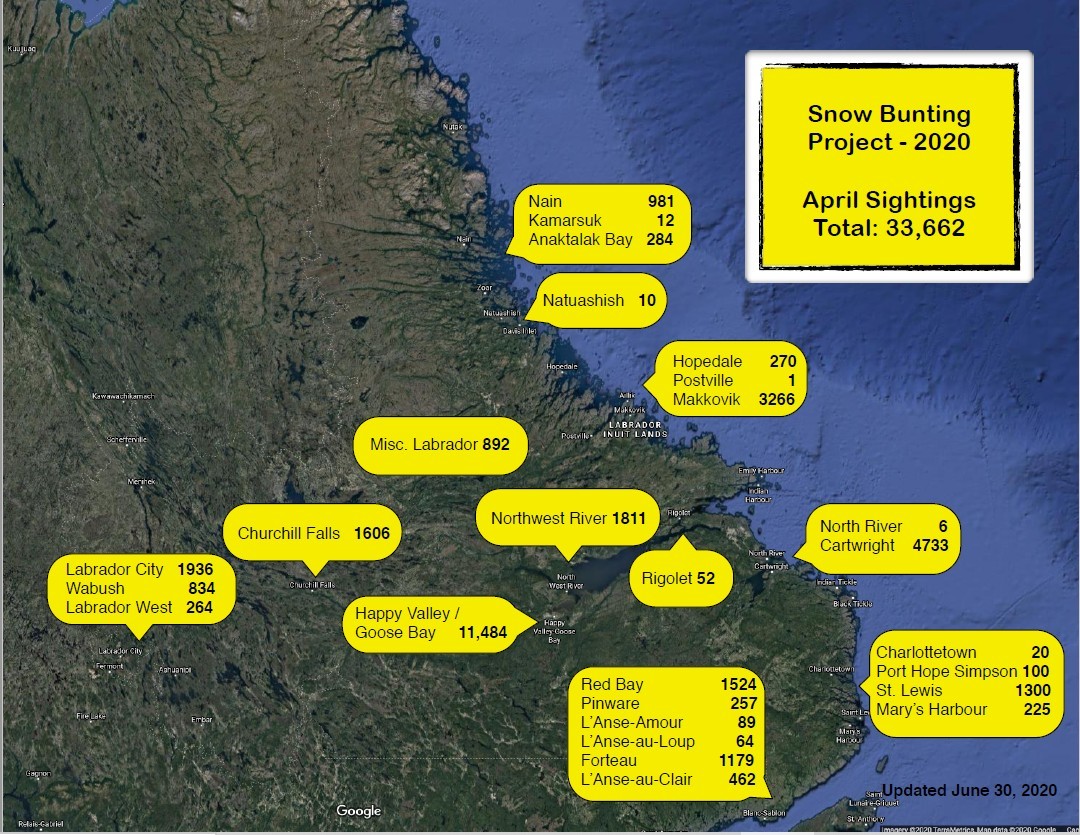
More than 33,000 snow bunting sightings were contributed to the project in 2020. Reports came from communities all across the Big Land, as far north as Nain.
To participate in this year’s Snow Bunting Project, you can join the Facebook Group “Snow Bunting Project – 2021”. Cheryl asks that contributors provide the following information in their posts:
- where you saw the bunting (place name is good; GPS coordinates are even better!)
- date that you saw them
- estimate the number of birds seen, as best you can
